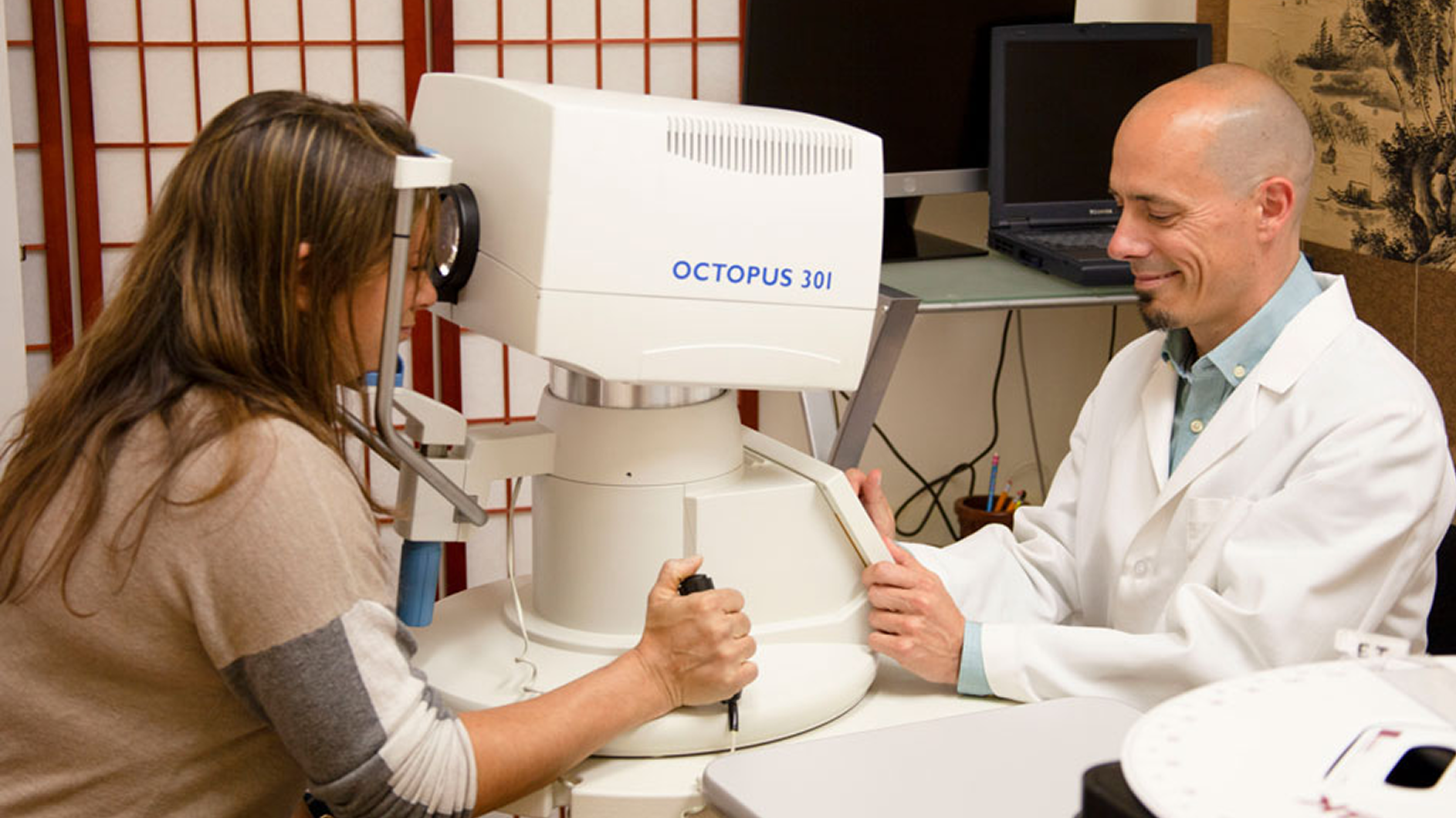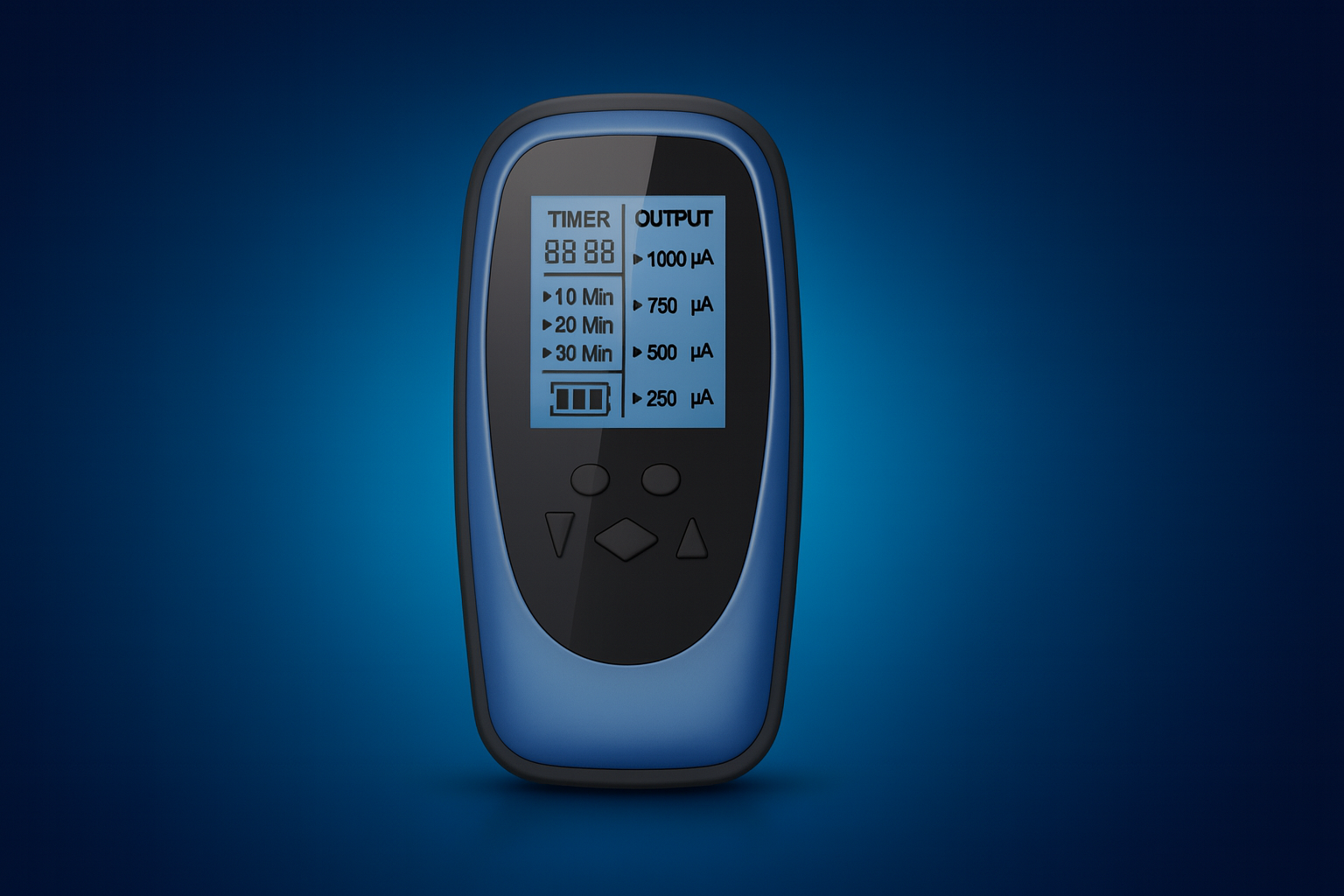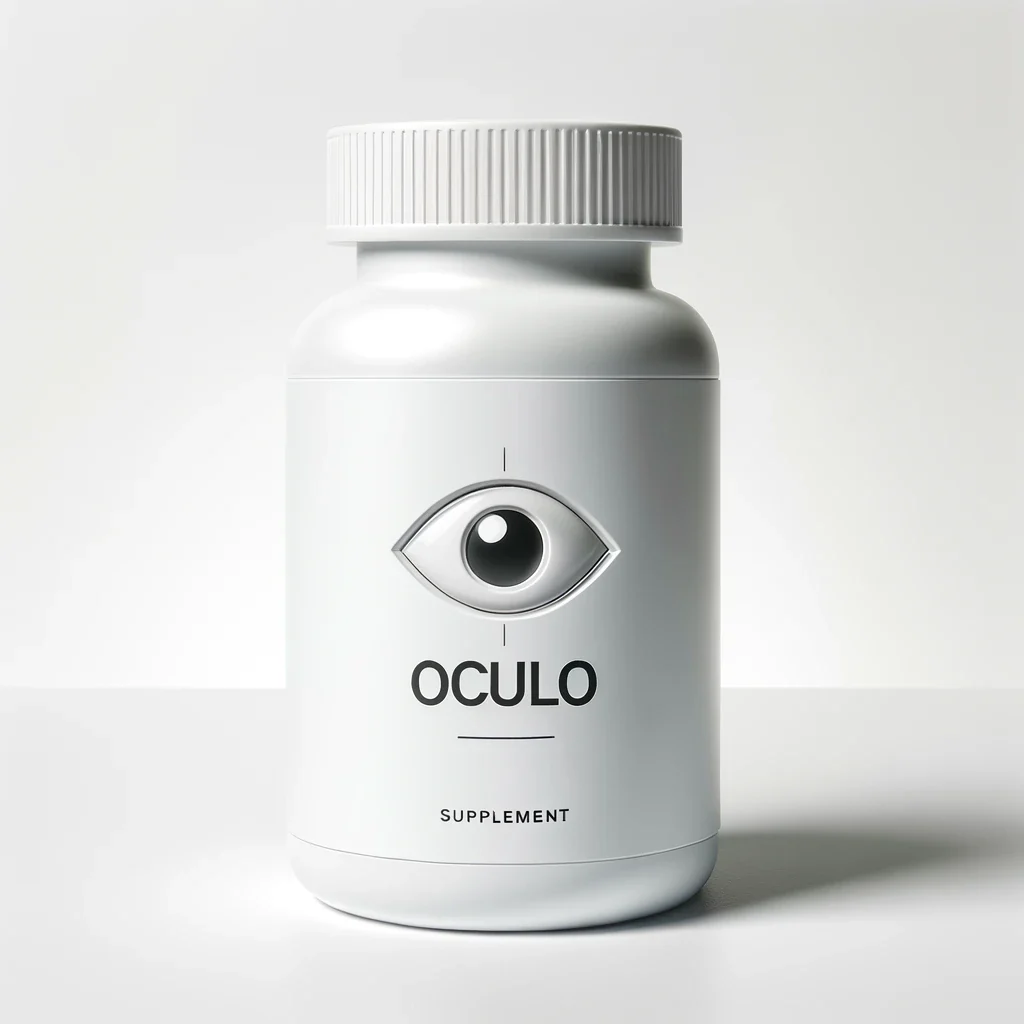From Eye Stroke to Brain Stroke: Your 30-Day Protection Plan
If you have had an eye stroke, you need to know something critical:
Your risk of a brain stroke is up to 5 times higher in the next 30 days.
This is not meant to scare you. It is meant to save your life.
The same blood vessel problems that caused your eye stroke can cause a brain stroke. But you have time to protect yourself. With the right plan, you can lower your risk and protect your brain and your heart.
Dr. Andy Rosenfarb explains:
"When someone has an eye stroke, I tell them: your body just sent you a warning. We need to act fast. The first 30 days are critical for preventing something much worse."
The Science: Why Eye Stroke Predicts Brain Stroke
Eye stroke and brain stroke are caused by the same problems:
- Blood clots
- Hardened arteries (atherosclerosis)
- High blood pressure
- Poor circulation
When blood flow is blocked to your retina or optic nerve, it shows that your blood vessels are damaged. That damage is not just in your eye. It is throughout your body.
How Much Higher Is Your Risk?
A large multinational study of 89,811 patients with NAION found stroke risk is dramatically higher after eye stroke:
- At 1 month: 5 times higher risk
- At 3 months: 3.79 times higher risk
- At 1 year: 2.5 times higher risk
- At 10 years: 1.33 times higher risk
Another systematic review of retinal artery occlusion patients found that 25-30% of patients show signs of silent brain strokes on MRI within 7 days of their eye stroke.
The takeaway: The first 30 days are the most dangerous. But risk stays high for years.
Why Does This Happen?
Think of your blood vessels like pipes in a house. If one pipe gets clogged, the other pipes are probably damaged too.
An eye stroke means:
- You likely have blockages in other arteries
- Your blood may clot too easily
- Your blood pressure may be poorly controlled
- Your cholesterol may be causing plaque buildup
The American Heart Association states that eye stroke "requires immediate treatment and can signal future vascular events" including brain stroke and heart attack.
Your Cardiovascular Assessment: What You Need Within 30 Days
Do not wait. The first 30 days are critical. You need a complete cardiovascular workup to find hidden risks.
1. Carotid Ultrasound
This test checks for blockages in the carotid arteries (the main arteries to your brain). Blocked carotid arteries are a major stroke risk.
Why it matters: If you have significant blockage, you may need medication or even surgery to prevent stroke.
2. Heart Evaluation
Your doctor should check for:
- Atrial fibrillation (AFib): An irregular heartbeat that causes blood clots
- Heart valve problems: Can release clots that travel to the brain
- Heart disease: Increases overall stroke risk
Tests may include an EKG, echocardiogram, or Holter monitor.
3. Complete Blood Work
Essential tests include:
- Cholesterol panel: High LDL cholesterol builds plaque in arteries
- Blood sugar (A1C): Diabetes damages blood vessels
- Homocysteine: High levels increase clotting risk
- C-reactive protein (CRP): Measures inflammation in blood vessels
- Lipid panel: Looks at all fats in your blood
4. Blood Pressure Monitoring
High blood pressure is the #1 risk factor for stroke. You need:
- Blood pressure check at every doctor visit
- Home blood pressure monitoring
- 24-hour ambulatory monitoring if needed
Target: Keep blood pressure below 130/80 (or lower if your doctor recommends).
5. Sleep Apnea Screening
Sleep apnea is common in eye stroke patients. It causes:
- Oxygen drops during sleep
- Blood pressure spikes
- Increased stroke risk
If you snore, feel tired during the day, or wake with headaches, ask for a sleep study.
Dr. Rosenfarb's Holistic Stroke Prevention Protocol
Conventional medicine focuses on blood thinners and blood pressure medication. These are important. But Dr. Rosenfarb's approach goes further by addressing the root causes of vascular disease.
Acupuncture for Cardiovascular Protection
Acupuncture does more than help your vision. It also:
- Lowers blood pressure naturally
- Reduces inflammation in blood vessels
- Improves circulation throughout the body
- Lowers stress hormones that damage arteries
Dr. Rosenfarb explains:
"We use specific acupuncture points that calm the nervous system, open blood flow, and reduce the inflammation that leads to stroke. It's not just about the eye. It's about protecting the whole vascular system."
Supplement Protocol for Vascular Health
Dr. Rosenfarb uses targeted supplements to support healthy blood vessels and prevent clotting.
Omega-3 Fatty Acids (DHA and EPA)
- Dose: 2000-3000 mg daily
- Benefits: Reduces inflammation, prevents plaque buildup, lowers triglycerides
- Source: High-quality fish oil or algae-based omega-3
Nattokinase
- Benefits: Natural enzyme that helps break down blood clots
- Use: Under supervision, especially if on blood thinners
Coenzyme Q10 (CoQ10)
- Dose: 200-400 mg daily
- Benefits: Supports heart health, protects blood vessel lining, boosts energy in cells
- Note: Essential if taking statin drugs
Magnesium
- Dose: 400-600 mg daily
- Benefits: Relaxes blood vessels, lowers blood pressure, prevents arterial calcification
- Form: Magnesium glycinate or citrate for best absorption
Vitamin K2
- Dose: 100-200 mcg daily
- Benefits: Directs calcium into bones (not arteries), prevents arterial stiffness
Garlic Extract
- Benefits: Lowers blood pressure, reduces cholesterol, prevents plaque formation
- Form: Aged garlic extract
Hawthorn Berry
- Benefits: Strengthens heart, improves circulation, lowers blood pressure
- Use: Often combined with other heart-protective herbs
Important: Always discuss supplements with your doctor, especially if you take blood thinners or blood pressure medication.
Lifestyle Changes That Save Lives
Medication and supplements help. But your daily habits have the biggest impact on stroke risk.
1. Anti-Inflammatory Diet
Inflammation damages your blood vessels. An anti-inflammatory diet protects them.
Eat more:
- Leafy greens (spinach, kale, collards)
- Berries (blueberries, strawberries)
- Fatty fish (salmon, sardines, mackerel)
- Nuts and seeds (walnuts, flaxseeds, chia seeds)
- Olive oil
- Colorful vegetables
Eat less:
- Fried foods
- Processed meats (bacon, sausage, deli meat)
- Refined carbs (white bread, pastries)
- Sugary drinks
- Trans fats
2. Move Your Body Every Day
Exercise is one of the best stroke preventers. It:
- Lowers blood pressure
- Improves cholesterol
- Reduces inflammation
- Prevents blood clots
- Helps you maintain a healthy weight
Goal: 30 minutes of moderate activity most days. This can be:
- Brisk walking
- Swimming
- Cycling
- Yoga
- Tai chi
Start slowly if you are not active now. Even 10 minutes helps.
3. Manage Stress
Chronic stress raises blood pressure and increases stroke risk.
Stress-reduction techniques:
- Deep breathing exercises (5 minutes daily)
- Meditation or mindfulness
- Gentle yoga or stretching
- Time in nature
- Connection with loved ones
Dr. Rosenfarb often teaches patients simple breathing techniques that calm the nervous system and lower blood pressure in minutes.
4. Quit Smoking
Smoking doubles your stroke risk. It:
- Damages blood vessel walls
- Increases blood clotting
- Raises blood pressure
- Reduces oxygen in your blood
If you smoke, quitting is the single most important thing you can do. Ask your doctor about support programs.
5. Limit Alcohol
Heavy alcohol use increases stroke risk. If you drink:
- Limit to 1 drink per day for women
- Limit to 2 drinks per day for men
- Consider avoiding alcohol completely during high-risk periods
6. Get Quality Sleep
Poor sleep increases stroke risk. Aim for 7-8 hours of quality sleep each night.
Sleep tips:
- Keep a regular sleep schedule
- Make your bedroom dark, quiet, and cool
- Avoid screens 1 hour before bed
- Get tested for sleep apnea if you snore
When to See a Cardiologist or Neurologist
Every eye stroke patient should see a cardiologist or neurologist for stroke risk assessment. But some situations are urgent:
See a Cardiologist If:
- You have chest pain or pressure
- You have irregular heartbeat or palpitations
- You have shortness of breath
- You have swelling in legs or feet
- You have a family history of early heart disease
See a Neurologist If:
- You have any stroke warning signs (see below)
- You have had a previous stroke or TIA
- You have carotid artery disease
- You have severe headaches
Call 911 Immediately If You Have:
- Sudden numbness or weakness (face, arm, or leg, especially one side)
- Sudden confusion or trouble speaking
- Sudden trouble seeing
- Sudden trouble walking or loss of balance
- Sudden severe headache
Remember FAST:
- Face drooping
- Arm weakness
- Speech difficulty
- Time to call 911
Your 30-Day Action Plan
Here is what to do in the critical first 30 days after eye stroke:
Week 1:
- Schedule urgent cardiovascular workup (carotid ultrasound, heart tests, blood work)
- Start or optimize blood pressure medication (if prescribed)
- Begin daily blood pressure monitoring at home
- Schedule consultation with cardiologist or neurologist
- Start anti-inflammatory diet
- Begin stress reduction practice (even 5 minutes daily)
Week 2:
- Complete all cardiovascular tests
- Start taking recommended supplements (after discussing with doctor)
- Begin gentle daily exercise (walking, stretching)
- Schedule follow-up with primary care doctor to review test results
- Consider starting acupuncture for cardiovascular support
Week 3:
- Review all test results with your doctors
- Adjust medications or treatments based on results
- Establish regular exercise routine (work up to 30 minutes most days)
- Check in on dietary changes and make adjustments
- Address any sleep problems (get sleep study if needed)
Week 4:
- Recheck blood pressure to ensure it is controlled
- Review supplement plan with Dr. Rosenfarb or your healthcare team
- Set up long-term monitoring schedule with cardiologist/neurologist
- Commit to lifestyle changes for the long term
- Schedule 3-month follow-up appointment
Beyond 30 Days: Long-Term Protection
After the critical first month, stroke risk remains higher than average. Long-term protection requires ongoing commitment.
Continue These Forever:
- Blood pressure monitoring and control
- Anti-inflammatory diet
- Regular exercise
- Stress management
- Quality sleep
- Supplements for vascular health
- Regular check-ups with cardiologist
Annual Testing:
- Complete blood work (cholesterol, blood sugar, inflammation markers)
- Carotid ultrasound (if you had blockages)
- Heart monitoring (if you have AFib or heart disease)
Stay Connected:
- Keep all doctor appointments
- Report any new symptoms immediately
- Stay educated about stroke prevention
- Work with a holistic practitioner like Dr. Rosenfarb who addresses root causes
Why Holistic Care Makes a Difference
Conventional medicine treats stroke risk with medications. These are important and can save your life. But medications do not address the root causes of vascular disease.
Dr. Rosenfarb's approach combines the best of both worlds:
- Conventional care: Blood thinners, blood pressure medication, cholesterol drugs when needed
- Holistic care: Acupuncture, supplements, nutrition, stress reduction, and lifestyle changes that heal the vascular system
This integrated approach does not just lower your risk. It helps your body heal.
"My goal is not just to prevent another stroke. It's to help your blood vessels become healthier, your inflammation go down, and your circulation improve. We want you thriving, not just surviving."
Take Action Now
If you have had an eye stroke, do not wait. The first 30 days are critical.
Next Steps:
- Schedule a telehealth consultation with Dr. Rosenfarb to discuss your cardiovascular protection plan
- Get urgent cardiovascular screening (carotid ultrasound, heart evaluation, blood work)
- Start the lifestyle changes outlined in this article today
- Learn more about holistic eye stroke treatments that support vascular health
Your eye stroke was a warning. But it is also an opportunity to protect your brain, your heart, and your life.
Take that opportunity now.
References
-
Kang HG, Kim BJ, Lee SH, et al. Stroke Risk Following Nonarteritic Anterior Ischemic Optic Neuropathy. JAMA Ophthalmology. 2024. https://pmc.ncbi.nlm.nih.gov/articles/PMC11558474/
-
Fallico M, Lotery AJ, Longo A, et al. Risk of acute stroke in patients with retinal artery occlusion: a systematic review and meta-analysis. Eye (Lond). 2020;34(4):683-689. https://www.ncbi.nlm.nih.gov/pmc/articles/PMC7093449/
-
American Heart Association. Stroke affecting the eye requires immediate treatment, can signal future vascular events. 2020. https://newsroom.heart.org/news/stroke-affecting-the-eye-requires-immediate-treatment-can-signal-future-vascular-events
-
Helekal D, Lin JB, Petersen-Jones SM, et al. Stroke Rate, Subtype, and Cardiovascular Risk Factors in Nonarteritic Anterior Ischemic Optic Neuropathy: A Population-Based Study. Am J Ophthalmol. 2022;236:282-291. https://www.ncbi.nlm.nih.gov/pmc/articles/PMC8903017/
Treatment Solutions for
Choose the treatment approach that fits your life
Whether you prefer hands-on care, convenient telehealth visits, or self-guided learning, we have multiple ways to help you manage .

In-Office 2 Weeks to Better Vision
Combining acupuncture, laser therapy & diagnostics at Dr. Rosenfarb's office in New Jersey. 90% of patients see measurable vision improvements.
Learn more
One-on-One Telehealth Sessions
One-on-one virtual sessions with Dr. Rosenfarb. Get personalized assessment and custom treatment plan from home.
Learn more
At-Home 12-Week AcuVision Program
Dr. Rosenfarb's 12-week step-by-step system. Live Q&A, guided exercises, and comprehensive approach to vision recovery.
Learn more
Alternating Current Micro Stimulation (ACS)
At-home micro stimulation system developed by Dr. Rosenfarb. Clinically proven at-home therapy to reactivate dormant eye cells.
Get ACS-3000
Eye Health Supplements
Scientifically-formulated supplements chosen by Dr. Rosenfarb to nourish your eyes and support healthy vision recovery.
Get supplements
